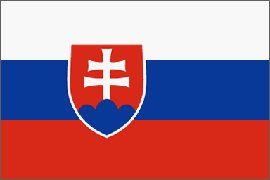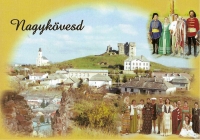| Obec Velký Kamanec / Nagykövesd Municipality / |
|
If you are coming from Szomotor, you can approach Nagykövesd from Királyhelmeci út, the fastest. It has been inhabited since ancient times. The village lies at the foot of the Tarbucka of Nagykövesd, forming the end of the Tokaj mountain range, in the valley of debris cones of old volcanoes. The fortress rising to Nagykövesd was undoubtedly a fortified fortress, so the fate of the village was intertwined with the castle for centuries. The time of the royal castle was unclear. It is believed to have been built in 1040, according to other sources, according to other sources, this time was made in 1247, built by Micz in this region. Our kings, especially King Matthias, liked to stay here, because the Bakk Hill's ancestral dwarf had excellent hunting opportunities. The existence of the castle had a decisive influence on the development of the village. In 1672 György Soós, the then castle manor, actively joined the Habsburg-like Weselényi-type conspiracy, and after that fall, the imperial troops blasted the castle. In 1814, partly from the use of the stones of the castle, the Catholic church was rebuilt and in 1817 there was a church of the Reformed faithful at the foot of the Tarbucka Mountains. In Nagykövesden, hundreds of years old Latin poems also prove that it has an old tradition of wine production. This is proved by tasty desserts tasted in the cellars of the village. The Karcsa lake, which is one of the branches of the river Tisza, is located at the border of the settlement. Today it is a popular tourist and fishing paradise. One half of the lakeshore, the other half of Slovakia in Hungary. Its location and facilities offer a range of tourist opportunities. Not far from this area lies the Slovak - Hungarian, one of the working districts of the town, which provides personal traffic to Pácin. |




